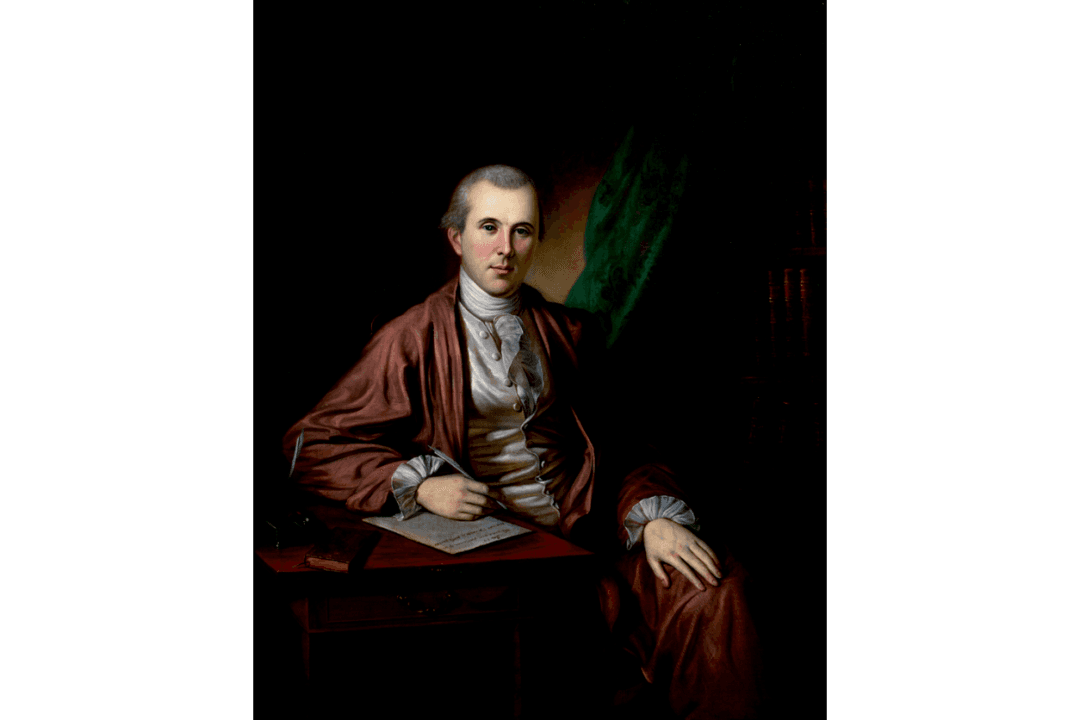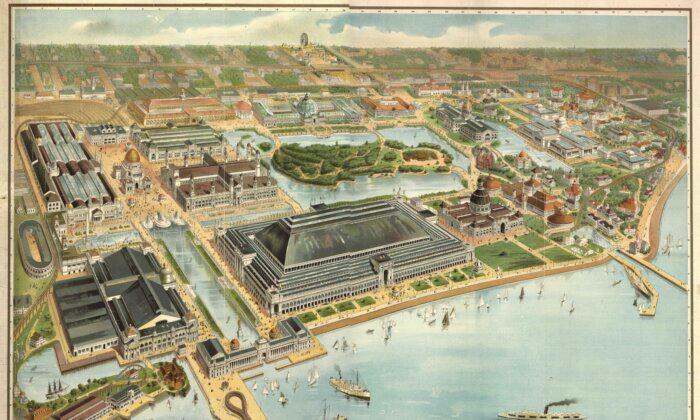“I have got so much to do and life is so short, I am going to hustle,” 21-year-old Thomas Edison said. Hustle he did, at the end of his life holding 1,093 patents. As an inventor, Edison worked brutally long hours before lying down wherever he could to catch a few hours of sleep. From his younger days as a telegraph operator to his elderly ones experimenting with plants and rubber, Edison remained a flurry of ideas and energy.
The Phonograph
“Of all the children of his brain, the phonograph seems to be the one he loves most,” William Meadowcroft, Edison’s personal assistant, said. The phonograph was the first machine to record and play back sound. While working on a machine to record telegraph messages in 1877, Edison wondered if a machine could be designed to record the human voice. After some experimentation, Edison sketched a device with two needles, one for recording sound on a rotating cylinder covered in tinfoil and one for playing the indentations back. His mechanic, John Kruesi, quickly built the machine. When Edison spoke “Mary Had a Little Lamb” into the mouthpiece, the machine promptly played the nursery rhyme back to him.“I never was so taken aback in my life,” Edison later recalled. “Everybody was astonished. I was always afraid of things that worked the first time. … But here was something that there was no doubt of.”
Scientific American and other publications quickly reported about this device with amazement. Edison received a patent for the phonograph on February 19, 1878, soon after its creation in December. His invention seemed even more improbable because Edison was partially deaf. It was highly original, with only one similar machine ever described. However, that device, designed by the French scientist Charles Cros earlier in 1877, had some differences, and Cros never built a working model of it.
The phonograph made Edison famous, especially after he demonstrated it to the National Academy of Sciences at the Smithsonian Institute that spring. The phonograph also amazed because of the implications that recorded sound offered. No longer would great musicians and singers be lost to history. Instead, they could be recorded and enjoyed by future generations.
Moving Pictures
Much like the idea of recorded sound, the idea of recorded, moving pictures was hardly conceivable. However, one doesn’t become a successful, famous inventor without believing the absurd is possible.“I am experimenting upon an instrument which does for the eye what the phonograph does for the ear, which is the recording and reproduction of things in motion,” Edison wrote in 1888.
Though Edison wasn’t the first to create motion pictures, he wasn’t far behind those that did. His laboratory invented the kinetograph, which was a motion picture camera, and the kinetoscope, which allowed viewers to watch short motion pictures through a small peephole. William Kennedy Laurie Dickson, one of Edison’s assistants, did much of the work on these projects.
The kinetograph took pictures on a moving strip of film. Instead of creating a projector for these films, however, Edison and Dickson created the kinetoscope. Viewers watched short films through the peepholes in these devices either by purchasing their own or paying to use one of the ones installed in public spaces such as arcades and amusement parks.
Edison didn’t file international patents on either of these devices, which meant inventors abroad were easily able to improve upon them. The Lumière brothers invented the first motion picture projector that could be used commercially. Edison’s companies continued to profit from making films for the kinetoscopes until they declined in popularity. Edison also bought the rights to a projector designed by Thomas Armat and produced some motion pictures for projection as it became popular.

An Undying Legacy
Upon Edison’s death in 1931, Albert Einstein sent a cable from Berlin.“An inventive spirit has filled his own life and all our existence with a bright light,” he said.
Edison ushered in great change and innovation through his inventions with light and sound, and the world has never been the same since he left his mark on it. His inventions captured the attention of many and ignited their imaginations with his own.
This article was originally published in American Essence magazine.





